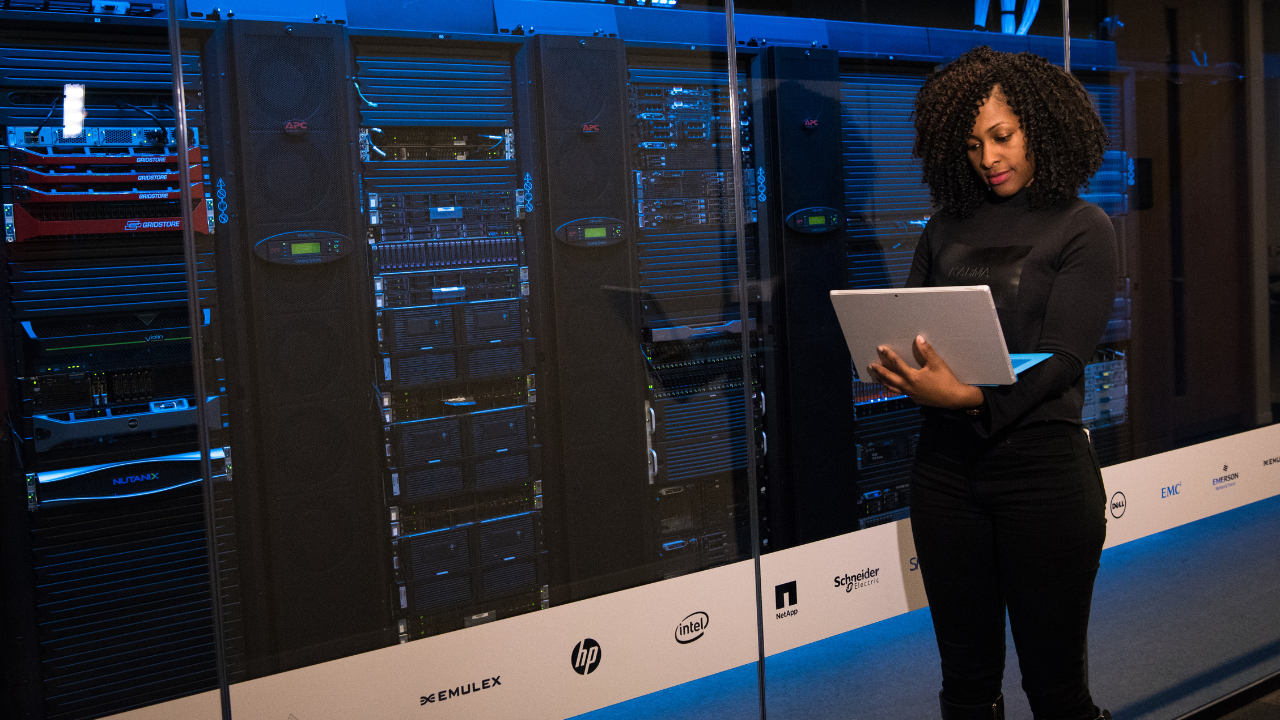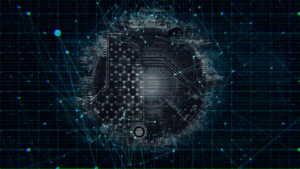The increasing digitization of the modern world has brought with it a series of challenges and opportunities. Among the challenges, the occurrence of cybercrimes stands out as a significant concern. To combat these crimes and investigate illicit activities in the digital environment, forensic computing has become an indispensable tool. But, after all, what is forensic computing? In this article, we will explore the fundamentals of this field, its applications, and its importance in the current context.
Definition of Forensic Computing
Forensic computing, also known as digital forensics, is the practice of collecting, analyzing, and preserving digital evidence in a manner that can be presented in a court of law. This discipline combines information technology knowledge with investigative techniques to examine data stored on electronic devices and IT systems.
Accuracy and legality are critical aspects of forensic computing. The entire process of collecting and analyzing evidence must follow strict procedures to ensure that the information is admissible in court. This includes detailed documentation of every step of the process, the use of validated methods, and the preservation of the integrity of the collected data. Any deviation from these procedures can compromise the validity of the evidence and, consequently, the effectiveness of the investigation. Ultimately, forensic computing aims to identify, recover, analyze, and present data in an accurate and legally admissible manner.
Applications of Forensic Computing
Investigation of Cybercrimes
One of the main applications of forensic computing is in the investigation of cybercrimes. This includes activities such as hacking, phishing, malware distribution, and other digital attacks. Forensic computing specialists analyze system logs, network traces, and data from compromised devices to identify the perpetrators of crimes and understand how the attacks were carried out.
Corporate Fraud
Forensic computing is widely used to investigate corporate fraud. This can involve the analysis of emails, financial records, digital transactions, and other forms of electronic communication to identify fraudulent activities. The collected evidence can be used to legally prosecute those responsible and recover lost assets.
Legal Litigations
In cases of legal litigations, forensic computing can be essential to provide digital evidence that supports or refutes claims. This includes the analysis of digital contracts, business communications, and other electronic documents. Forensic techniques help ensure that the evidence presented is authentic and not tampered with.
Data Recovery
Besides criminal and legal investigations, forensic computing also plays an important role in data recovery. This includes the recovery of deleted files, corrupted data, or inaccessible information due to system failures. Specialists use advanced tools to restore vital information that might otherwise be lost.
Forensic Computing Tools and Techniques

Forensic computing uses various tools and techniques to conduct detailed investigations of electronic devices and networks. Disk analysis, for example, involves investigating hard drives and other storage devices to identify and recover data. This can include searching for hidden, deleted, or encrypted files. Tools like EnCase and FTK (Forensic Toolkit) are commonly used to perform these detailed analyses, allowing specialists to recover critical information and reconstruct digital events.
Another important technique is network analysis, which is used to monitor and examine network traffic for suspicious activities. Tools like Wireshark allow investigators to capture and analyze data packets, helping identify possible intrusions and security breaches. This analysis is essential for detecting and responding to cyber threats in real-time.
Email analysis is another crucial area of forensic computing, involving the investigation of electronic communications to detect fraud, corporate espionage, and other illicit activities. Specialists can trace the sender and recipient, analyze the content of messages, and identify suspicious attachments. This type of analysis is necessary to identify and mitigate risks associated with digital communications.
Challenges in Forensic Computing
One of the most significant challenges is encryption. Criminals often use encryption to protect their data, making it difficult for investigators to access. Breaking encryption requires advanced techniques and can be extremely time-consuming, demanding significant resources and specialized knowledge.
Another challenge is the volume of data. With the exponential increase in data generated and stored, forensic computing must deal with large volumes of information. Filtering and analyzing this data to find relevant evidence requires efficient tools and robust processing capacity. Effective management of these volumes is essential to conduct fast and accurate investigations.
Preserving the integrity of evidence is also fundamental in forensic computing. Any alteration in the data can compromise the admissibility of the evidence in court. Therefore, investigators must follow strict procedures to ensure that the evidence is collected and stored securely. This includes detailed documentation of every step of the process and the use of validated methods to ensure that the evidence remains intact and reliable.
Conclusion
Forensic computing is a complex discipline that combines advanced techniques and specialized tools to investigate and solve digital crimes. Despite the challenges, the rigorous application of forensic methodologies ensures that digital evidence can be used effectively in investigations and legal proceedings.
As technology advances, the importance of forensic computing will continue to grow, becoming even more essential to ensure the security and integrity of information systems. If you need assistance in forensic computing or want to strengthen your company’s digital security, contact STWBRASIL. Our team of specialists is ready to help protect your data and investigate any suspicious activity.





